Optimal Timing for Artificial Grass Installation
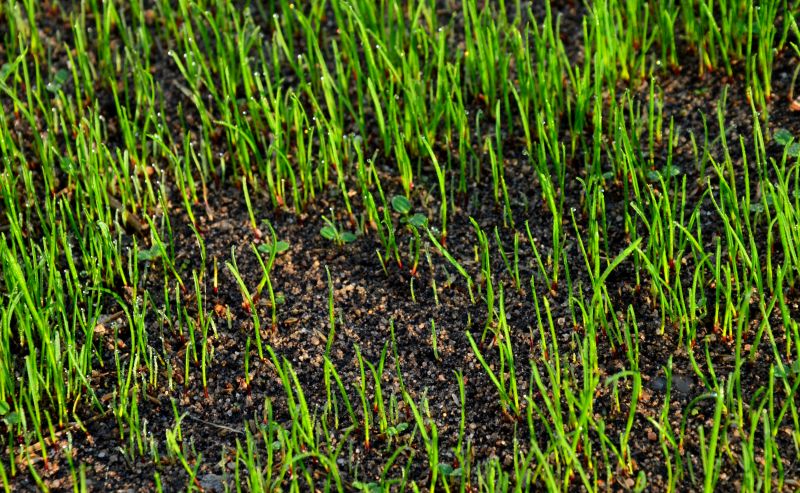
Spring offers moderate temperatures ideal for installation, reducing the risk of heat stress on materials.
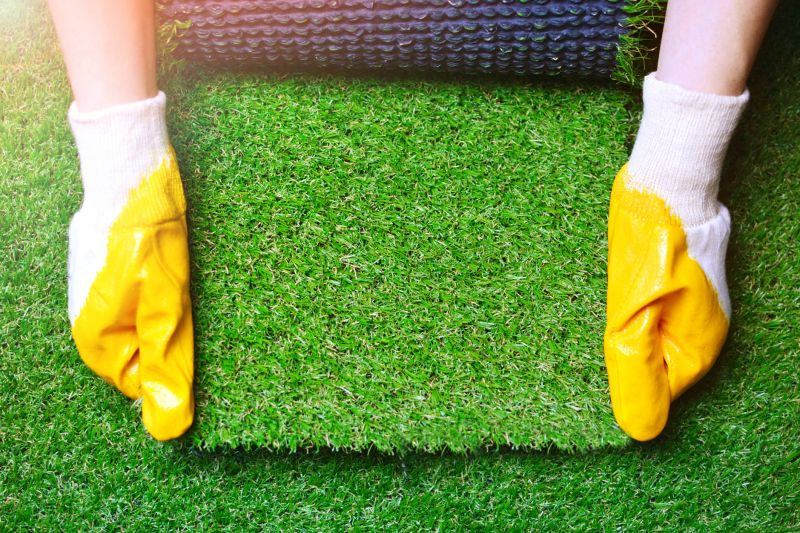
These seasons provide cooler weather conditions, facilitating proper curing and settling of the artificial grass.
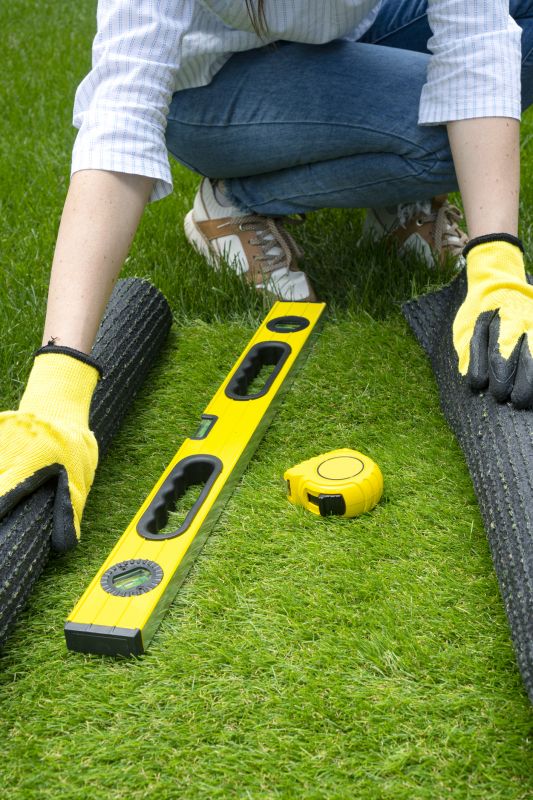
Installation during periods of extreme heat or cold is discouraged to prevent material deformation or adhesion issues.
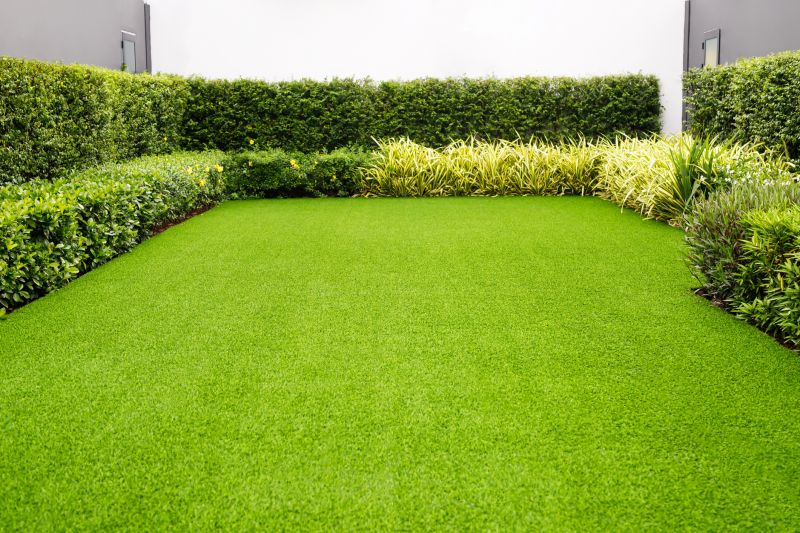
Ways to make Artificial Grass Installations work in tight or awkward layouts.

Popular materials for Artificial Grass Installations and why they hold up over time.
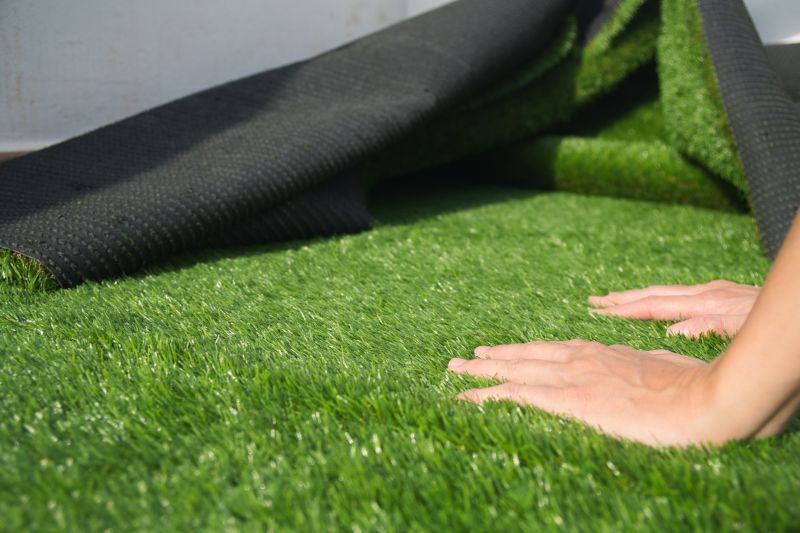
Simple add-ons that improve Artificial Grass Installations without blowing the budget.
Artificial grass installations are popular for their low maintenance and aesthetic appeal. They are suitable for residential, commercial, and recreational spaces. Proper timing ensures optimal results, durability, and appearance. Weather conditions significantly influence installation quality, with mild temperatures and low humidity being ideal.
Statistics indicate that installations during optimal weather conditions lead to a longer lifespan and fewer issues related to adhesion and drainage. Planning installation during suitable seasons can prevent delays and additional costs caused by weather-related disruptions.
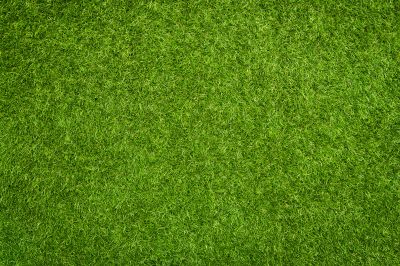
High-end options that actually feel worth it for Artificial Grass Installations.

Finishes and colors that play nicely with Artificial Grass Installations.
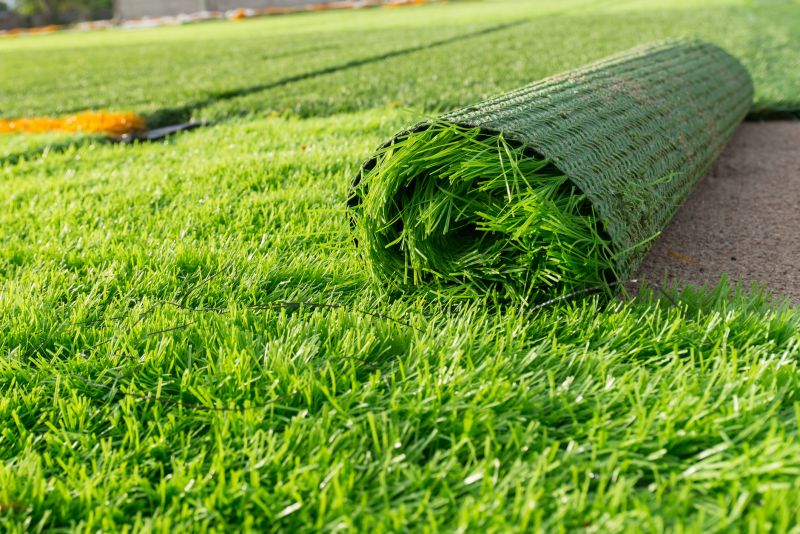
Little measurements that prevent headaches on Artificial Grass Installations day.

A 60-second routine that keeps Artificial Grass Installations looking new.
| Season | Recommended Conditions |
|---|---|
| Spring | Moderate temperatures, low humidity |
| Summer | Cooler days, early morning or late evening |
| Fall | Mild weather, dry conditions |
| Winter | Not recommended in cold climates |
A frequent mistake in Artificial Grass Installations and how to dodge it.
Small tweaks to make Artificial Grass Installations safer and easier to use.
Lower-waste or water-saving choices for Artificial Grass Installations.



